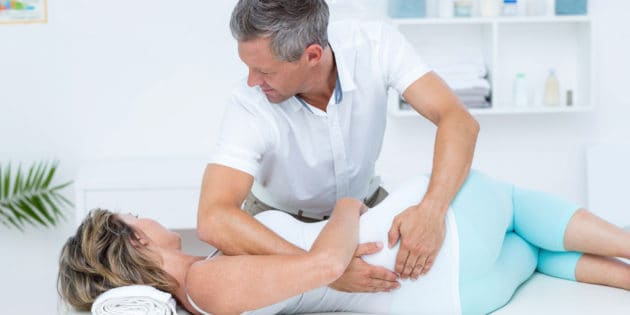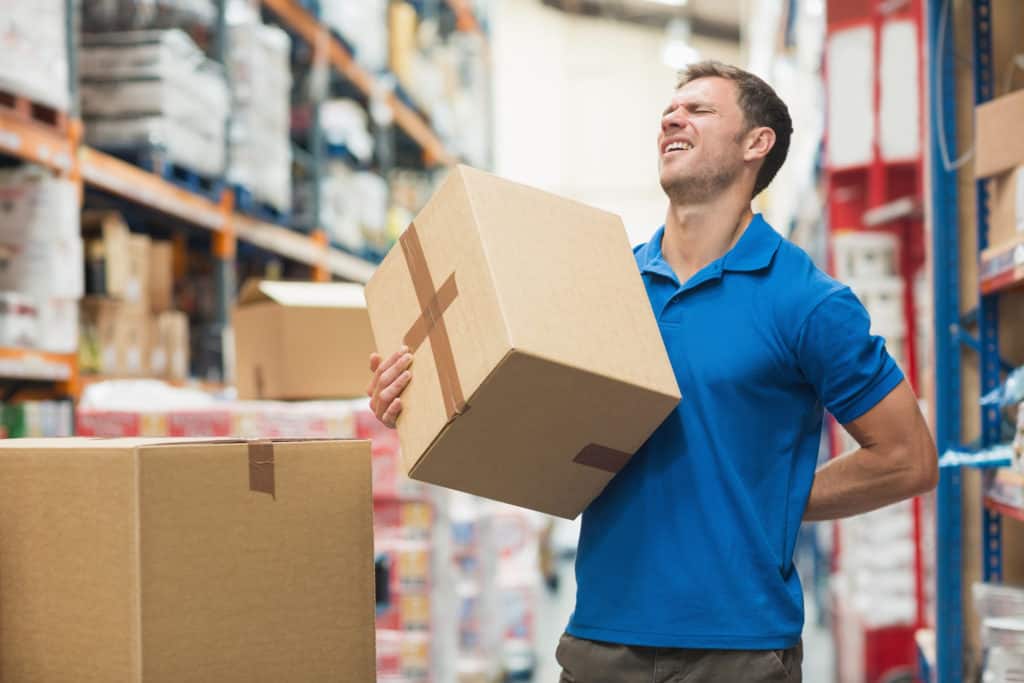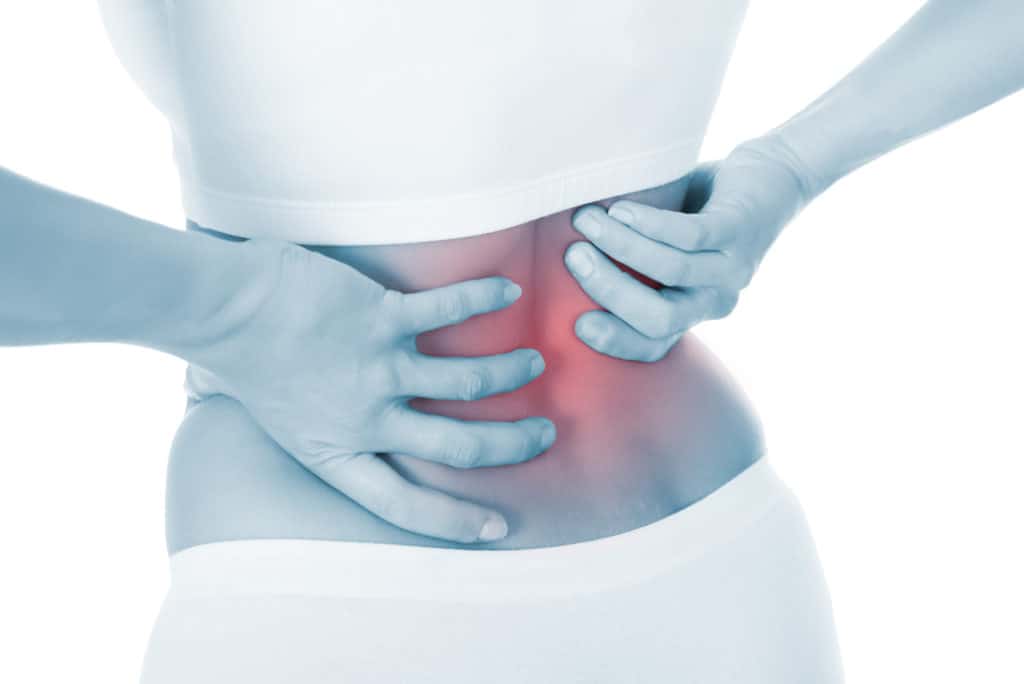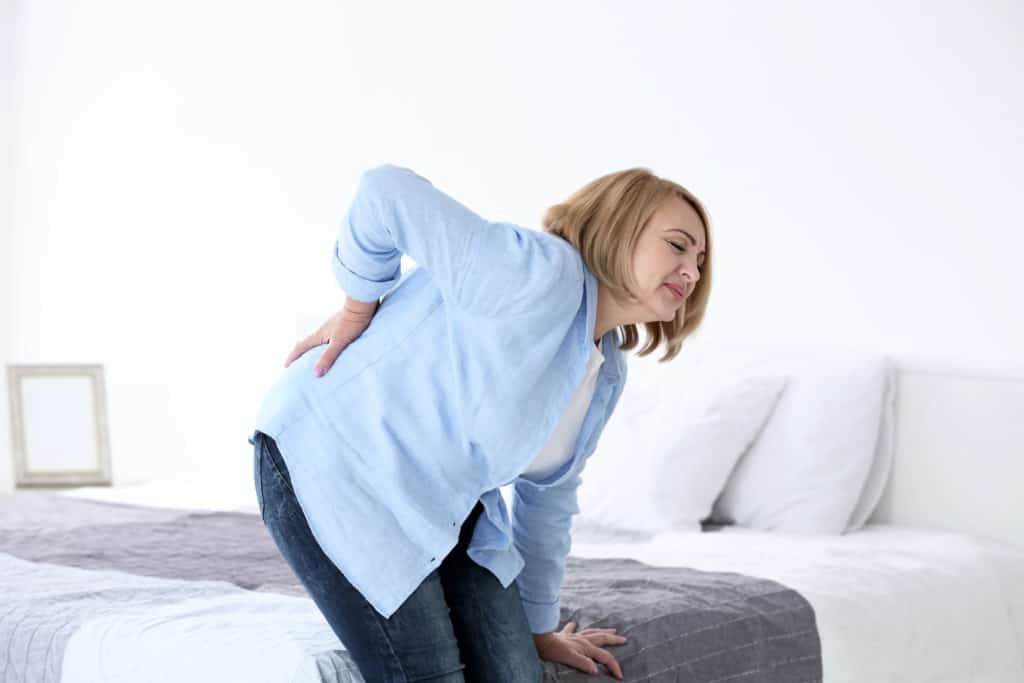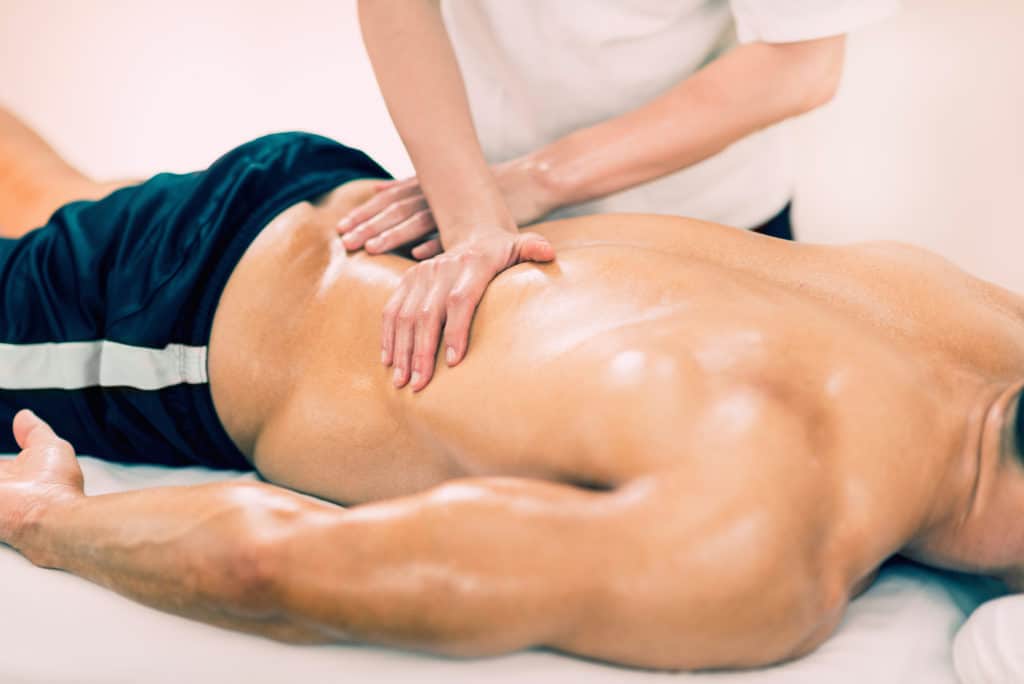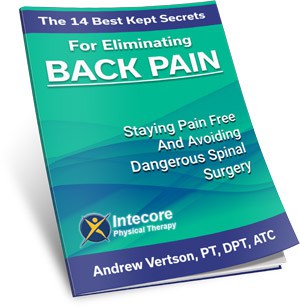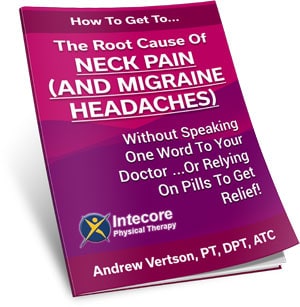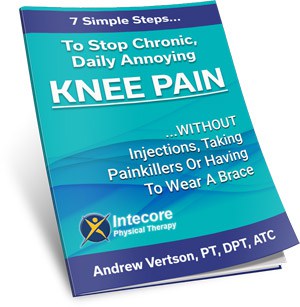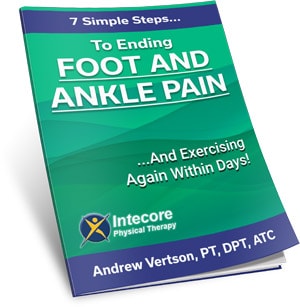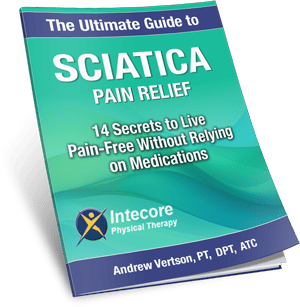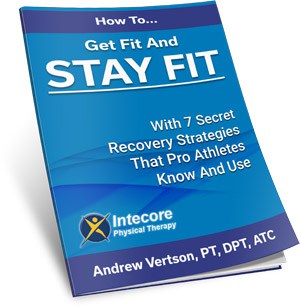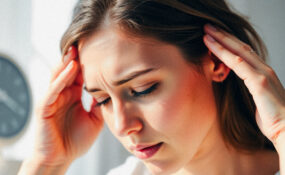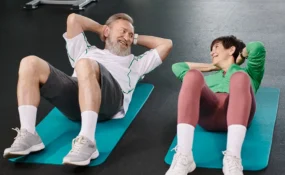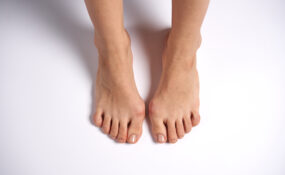Have you had lower back pain for a long time? Are you worried that it’s never going to go away?
We know that dealing with chronic daily back pain is lonely, but it might help you see that you’re not alone.
One of the most common ailments that affect people in America and worldwide is back pain in all its forms, but most commonly, lower back pain.
It stops people working, socializing, and exercising – and generally makes life miserable.
But what causes it?
Pain in the lower back can occur because of various illnesses, injuries, and medical conditions – and negatively affect your day-to-day life on a large scale. Depending on the exact cause, pain levels can vary from mild to intense.
There are several causes for lower back pain ranging from a tendon or muscle injury to medical conditions like arthritis. Generally, most back pain improves with rest and short-term use of over-the-counter medication.
But if it persists for more than seven days, physical therapy can help pinpoint the issue and reduce the pain.
In tandem, leading a physically active life and maintaining a healthy weight can also prevent and make you less prone to lower back pain in the future.
More Blogs From Intecore:
What is Patellofemoral Dysfunction?
What’s The Real Cause Of Your Headache?
Flat Feet: How Can Physical Therapy Help?
Most people experience some form of lower back pain at some point in their life. However, there are specific factors that can make you more prone to lower back pain, including:
Occupation
If you work in a profession that involves repetitive activities, you must carry heavy weights or bend frequently. You are more at risk of lower back pain and other conditions that affect “wear and tear,” like arthritis.
Structural Issues
If you are born with structural problems like scoliosis that affect the alignment of the back, you are at higher risk of lower back pain.
Lifestyle
If you lead a sedentary lifestyle, you can develop weak abdominal muscles that cannot support your spine correctly. This weakness increases your risk of upper and lower back pain.
If you have back pain and feel like your core muscles may be weak, consult a physical therapist who can help you strengthen the muscles.
Aging
As you age, you are more likely to experience back pain as daily wear and tear takes a toll on your spinal disks, resulting in stiffness, reduced mobility, and lower back pain.
Medical History
If you suffer from certain medical conditions like osteoarthritis, among other issues, you are more prone to lower back pain.
But don’t despair. Even if you have been diagnosed with arthritis, physical therapy can improve the symptoms and help you avoid further progression.
Obesity
If you are obese or overweight, you are more susceptible to back pain because of the additional weight and stress on your disks and joints. So, if you have lower back pain now, getting some advice on how to lose weight to reduce the strain on your lower back may be advisable.
What Causes Lower Back Pain?
There are various causes of lower back pain, including:
Degenerated Disks
The disks in the spinal cord serve as cushions for the small vertebrae in the spine.
With age and wear and tear, they can deteriorate, move out of position, and press on the nerves in your lower back. There is also a risk of a herniated disk where the disk tears.
Chronic Diseases
These range from infections or, more rarely, tumors to spinal cord tumors. Both conditions and others can lead to pain in the lower back.
Some other medical conditions that can cause back pain include abdominal aneurysms and kidney stones.
Strains And Sprains
Back sprains and strains are among the biggest reasons for lower back pain.
In most cases, strains and sprains are due to injury to the lower back’s tendons, muscles, or ligaments from carrying excessive weights or lifting something heavy in an incorrect position.
Other causes include repetitive twisting, bending down, intense sneezing, and coughing.
Any Fracture
In case of a significant trauma like an accident, the spinal column bone can snap, causing intense pain that requires immediate medical attention.
In addition, specific medical issues like osteoporosis and spondylolysis also raise the possibility of a spinal fracture.
Arthritis
Of the different types of arthritis, osteoarthritis is the most significant cause of pain in the lower back.
Another similar medical condition that leads to inflammation and back pain is ankylosing spondylitis.
Structural Issues
Conditions like scoliosis cause abnormal spinal curvature, leading to lower back pain.
Similarly, when spinal stenosis occurs, the spinal column narrows and causes the spinal cord to be pinched. This pinching may lead to sciatica and pain in the lower back.
Spondylolisthesis
Spondylolisthesis is among the rare conditions that can cause lower back pain.
Spondylolisthesis leads to the spinal vertebrae moving out of their normal position. The condition can also cause leg as well as lower back pain.
What Are The Symptoms Of Lower Back Pain?
The onset of lower back symptoms can be sudden or develop over time. Occasionally, the pain may manifest after a particular activity or movement, like bending or playing sports.
At other times, the pain may appear without any apparent cause.
The pain can range from dull and lingering to intense and can travel downwards to the legs, as with sciatica. In some instances, you may even feel a popping sound followed by pain or pain that increases when standing or bending but decreases when lying down.
Some of the other symptoms of lower back pain are:
Posture Issues
When you have lower back pain standing upright, and erect can be challenging for many people.
Over time this might cause you to stand in an odd posture with your torso leaning towards one side, which makes the lower spine appear flat instead of the standard curved position.
Lower Back Stiffness
When you have pain in the lower back, it can become challenging to keep the back straight when getting up from a chair.
It can take longer to get up, and you may feel like you need to stretch or walk to limber up after you get up.
Stiffness in the lower back can also lead to a decrease in your range of motion and mobility.
Muscle Spasms
Muscle spasms are a common symptom of lower back pain. Why? Weak back muscles combined with repetitive activities and poor posture can cause back strain. This situation results in painful muscle spasms that can stop you in your tracks.
Treating Lower Back Pain
In most cases, lower back pain subsides using medication, rest, and hot and cold packs.
Within a couple of days, you should be able to resume your regular activities.
Movement and activity are essential because when you’re active, your blood circulation improves, which helps with quicker recovery. But don’t push through the pain.
If you feel an increase in lower back pain when moving or exercising, you should stop and contact a physical therapist as soon as possible.
However, if lower back pain persists for more than a couple of days or if the pain is severe, you may require further treatment, which can include:
Medicines
In most cases of lower back pain, doctors prescribe NSAIDs (nonsteroidal anti-inflammatory drugs) or other medications for pain management to prevent spasms and relax muscles.
But this method doesn’t find or fix the root cause, so the pain will likely return when you stop taking the pills, especially if you’ve had it for a long time.
Injections
The same with injections. In cases of severe inflammation and pain, your doctor might recommend corticosteroid injections in the affected area for pain relief. But they just mask the pain.
Surgery
In certain situations, including accidents, fixing back pain may require surgery. But for chronic pain. Physical therapy should always be the first choice, with surgery only playing a role if more conservative treatment is not successful, which is rare.
Physical Therapy
By far, the most effective treatment for lower back pain – where posture and alignment almost always play a role – is physical therapy.
Physical therapy helps to improve your flexibility and strengthens the muscles and tendons that support your spine and the surrounding structures.
The treatment for lower back pain is likely to include a combination of therapies depending on the root cause.
But may consist of hands-on treatment to manipulate and destress the muscles and joints, relieve pain, correct alignment and posture issues, and restore functionality.
We also teach you a range of therapeutic stretching and strengthening exercises that you can do at home to prevent lower back pain from reoccurring in the future.
Here at Intecore PT we specialize in treating back pain.
You can download our FREE guide “The 14 Best Kept Secrets For Eliminating Back Pain” Here.
We can also offer you a FREE 20 minute Discovery Visit to our clinic.
In this session you will get a feel for what physical therapy is like and you will leave knowing what the issue is and how we can help you.
Our team at Intecore look forward to welcoming you into our clinic.
- 7 Ways to Get Rid of Tension Headaches Naturally - July 1, 2025
- Why Are My Feet Swollen? Common Causes Explained - June 2, 2025
- What Is Restless Leg Syndrome? Symptoms, Causes, and Relief Options - May 5, 2025

